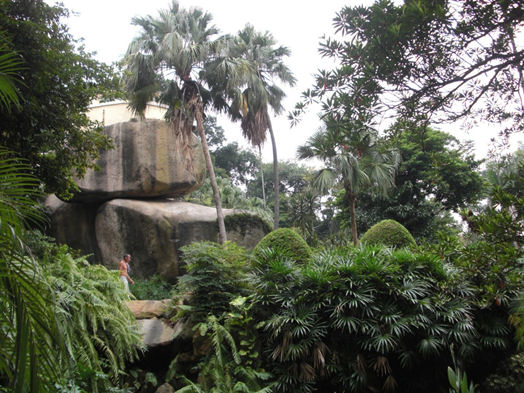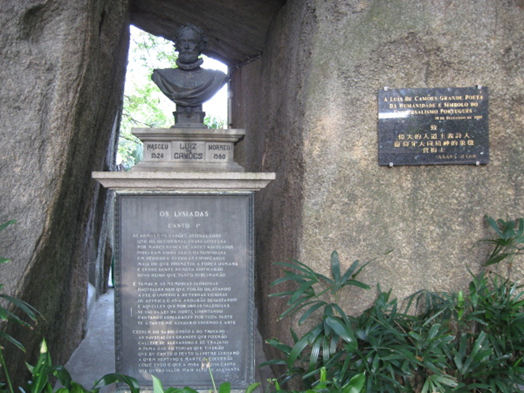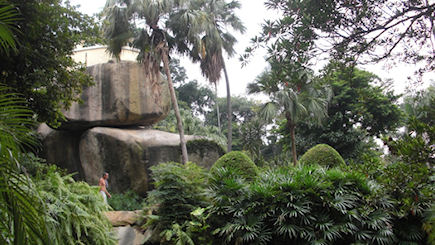Camões Garden is the amusement park of my childhood. Every day after school, I walked and played here until I was exhausted. Recently when I walked into the garden, I saw children playing and having so much fun that it felt like time was rewinding as I reflected on my childhood. Elderly people were walking and doing exercise, families were enjoying their family time – all areas of the garden were full of Macau people going about their leisure. But I have often wondered how many of them are aware of the park’s history or the fact that is name comes from the great Portuguese poet Camões?

Built in the 1870s, Camões Garden is located in the Parish of St Antonio, next to the Orient Foundation. And it has a long and interesting story. It originally belonged to a Portuguese businessman, Manuel Pereira, before being sold to another Portuguese businessman, Lourenco Marques. Marques loved pigeons and bred a great many of them. Because so many of his pigeons rested on the eaves of the mansion, it looked like a pigeon’s nest which is why it is widely referred to as “pigeon nest” today.

The garden was built in accordance with the shape of the hill with a lot of trees, plus the library, flowerbeds, children’s playgrounds, an observation deck and more. Camões Grotto is a must-see point. It’s said that Camões wrote his famous epic “Os Lusiadas” in the cave of the Garden and there is now a statue of Camões in the cave to commemorate him. Next time you are nearby, why not take the time to soak up some of Macau’s history?
Built in the 1870s, Camões Garden is located in the Parish of St Antonio, next to the Orient Foundation. And it has a long and interesting story. It originally belonged to a Portuguese businessman, Manuel Pereira, before being sold to another Portuguese businessman, Lourenco Marques. Marques loved pigeons and bred a great many of them. Because so many of his pigeons rested on the eaves of the mansion, it looked like a pigeon’s nest which is why it is widely referred to as “pigeon nest” today.







